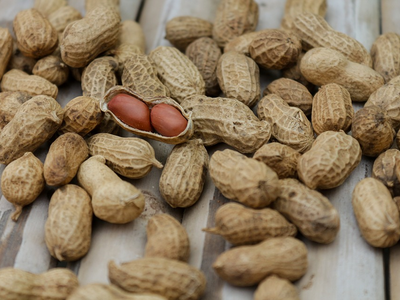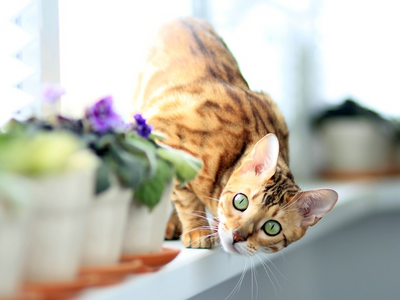27.09.2021
What do cats eat—cat food, human food, and everything in between
Working out what your cat can or cannot eat is like solving a jigsaw puzzle with random missing pieces. No wonder many parents have an existential crisis every time they need to cat-alogue safe and dangerous food items for their tiny carnivore.
What do cats eat? It may seem like a basic query on the surface, but the answer is hardly a straightforward one. Cats are mavericks who may eat whatever they fancy when left unsupervised, but that doesn’t mean everything they lay their paws on is good for them. If your curious feline friend eats something they shouldn’t, the tasting experiment could turn into a full-blown health cat-astrophe in a wink.
Untamed understands what it is like being a cat parent trying to crack the intricacies of feline dietetics. Our guide will help you learn what:
- Foods are biologically appropriate for felines
- Food is forbidden for cats
- The ideal food for your kitty is

To eat or not to eat?
Source: Dong Cheng
Feline nutrition 101—what is the best natural food for cats?
When out in the wild, cats hunt small rodents, insects, birds, and mammals, which serve as their primary nutrition and hydration source. So, what do house cats eat and drink compared to their wild counterparts?
A house cat’s diet should mimic what they would consume in the wild, i.e., it should contain animal-based proteins and be high in moisture content but low in carbs. A meat-centric diet contains the essential vitamins and minerals your cat needs and is also easy on their digestive system.
What is the best meat for cats?
Since going on a rodent hunt is not an option for a cat parent, picking the right meat protein for your feline companion is a tricky task. You can refer to this table to see which meats you can serve your cat:
|
What meat can cats eat? |
What you should know |
|
Poultry |
Poultry meat for cats is usually sourced from chickens, turkeys, and ducks and is an excellent source of protein. Such meat can consist of:
Although eggs are full of protein, vets do not recommend over-consumption because of the high fat content |
|
Red meat |
Red meat for cats is:
You should opt for lean cuts minus the fatty bits. Avoid feeding cooked bones to your cat, as they:
|
|
Fish |
Fish is nutrient-packed and recommended for cats, but you should avoid fish that:
|
|
Crustacean |
Crustaceans like squids and lobsters are loaded with vitamins A, B12, and E, making them a potent meat option for cats. You shouldn't offer crustaceans to your cat every day, though, as they don’t contain all the nutrients essential for feline growth or maintenance |

Are the right meaty ingredients going in your cat’s food?
Image (c) Untamed
What cats like to eat best—raw or cooked meat?
Domesticated cats don’t have a preference for either raw or cooked meat—they are hardwired to fulfill their nutritional needs from any source they deem fit, which is a perspective many parents fail to see. They make a detailed raw food meal plan for their feline friends without realising that they are exposing them to potentially lethal pathogens. Handling raw meat can also lead to cross-contamination in humans.
Consuming raw chicken, meat, fish, or bones could cause the following problems in cats:
- Dental fractures or cracked teeth
- Oral bleeding
- Gastrointestinal blockage and tears
- Nutritional imbalances
Cat nutrition experts don't recommend raw food for cats, especially if a cat has a sensitive stomach or weak immune system.
What can cats eat besides cat food? Tread carefully!
Did you know you should not share your onion-seasoned beef stir-fry with your cat? Not only are onions toxic to cats, but the salt content in the food can also spike up the sodium levels in their blood!!
What human food can cats eat? We’ll help you navigate these tricky waters.
What fruits and vegetables can cats eat?
When giving fruits and vegetables to cats, you should pay attention to the following factors:
- Cellulose density—Out of all fibres, cellulose found in fruits and veggies is the least digestible for felines. Vegetables with high cellulose content could seriously disrupt your cat’s digestive system. It’s better to steam, boil, or puree them before feeding them to your cat
- Citrus levels—Fruits with high citrus content disrupt the natural acidic environment in the digestive system of cats, causing vomiting, diarrhea, and kidney disorders. Citrus fruits also contain hydrocarbons limonene and linalool, which are toxic to cats
- Sugar content—Sugar has no nutritional value for cats. Any sugary fruit might as well be junk food for cats if not taken in moderation, and it is the number one reason behind obesity and diabetes in felines
Here’s a list of some common fruits and vegetables that are safe for cats to eat (albeit sparingly):
|
Fruits |
Vegetables |
|
|
If you’re feeding raw fruits to your cat, remember to:
- Rinse them in cold water
- Peel off their skin
- Deseed them
- Chop them down to bite-sized pieces to prevent accidental choking
Not-so-safe food for cats—steer clear of these veggies and fruits
Avoid the following fruits and vegetables at all costs:
- Grapes and raisins—They can cause severe kidney damage
- Figs and avocado—Fig and avocado sap and leaves cause moderate-level toxicity in cats
- Root and stem vegetables—They include onion, garlic, scallion, shallot, leek, and chives that cause gastrointestinal distress, dehydration, and anaemia in cats
- Raw tomatoes and green potatoes—While ripe tomatoes and potatoes are harmless to cats, the unripe ones contain an alkaloid called glycoalkaloid solanine that could severely disrupt the feline digestive system
- Wild mushrooms—You may treat your cat to an occasional mushroom you bought at a store, but you need to be cautious with wild mushrooms as they can be poisonous to cats
What about human snacks—can I share them with my cat?
Most human snacks are high in sugar or salts, both being detrimental to your cat’s health. You shouldn’t share any human food containing the following ingredients with them:
- Caffeine—Chocolate and coffee contain methylxanthines that cause irregular heartbeat, tremors, and excessive thirst and may even lead to seizures in some cases
- Alcohol—Alcohol affects the nervous system of a cat and can be fatal in great amounts
- Dairy—Cow’s milk can trigger allergies and digestive problems in both adult cats and kittens
- Raw bread dough—The uncooked yeast in the dough can cause excessive gas or bloating in cats
- Xylitol—This artificial sweetener tanks the blood sugar levels in felines and can even cause liver failure
Can kittens eat human food?
Kittens should strictly be fed mother’s milk or kitten formula till they are four to five weeks old. When they gain enough weight and transition to wet or dry cat food, you can introduce the following human foods to their diet:
- Tiny bits of cooked lean meat
- Unseasoned scrambled eggs, although sparingly due to the high-fat content
- Bits of green salad or fruit
- Microwaved pumpkin or squash
- Small doses of cooked grains (some kittens can be allergic to grains, so be careful)

Are you sure you want to eat that?
Source: duan wen
What food do cats like to eat, but they shouldn’t?
Cats are opportunistic predators when it comes to food. They will gorge on anything that fills them up and is easy to lay their paws on. Unlike the human tongue with almost 9,000 taste buds, cats only have 470 of them, making it simpler to ignore taste or palatability and chow down things they’re not supposed to eat, like plastic, carpet, soil, rock, or paper. It is a widely recognised eating disorder in cats—called the Pica Syndrome—typically affecting felines who:
- Have to fight life-threatening diseases like cancer or diabetes
- Suffer from psychological setbacks like stress, separation anxiety, boredom, or hyperactivity
- Lack certain nutrients in their diet—for example, a cat deficient in calcium may take to gnawing on chalks
Cats with Pica may face severe issues like dental depletion, abdominal obstruction, and exposure to lethal toxins. If you spot your cat obsessively nibbling on an object, keep it out of their reach and consider getting them checked by a vet or a behavioural therapist.
Cat food advice—how to choose the best diet for your cat
An ideal cat diet is made of five nutrient pillars supporting your feline’s growth, sustenance, and immunity. The following table will give you an overview of the basic feline nutritional building blocks:
|
Nutritional component |
Details |
|
Animal protein |
Cats should get proteins from animal sources only. Such proteins are better absorbed and help in:
Vegetable proteins have lower digestibility as they do not have the adequate amino acid profile |
|
Taurine |
|
|
Vitamins and minerals |
A cat’s diet should include the essential vitamins and minerals in the correct amount. Most animal food sources already have them in the recommended quantities |
|
Fatty acids |
Cats need fatty acids for skin and coat health, but only in small amounts |
|
Fibre |
Fibre aids digestion in cats and supports a healthy weight |
Warning signs on cat food labels
Reading cat food labels is a challenging task as manufacturers tend to either reveal too little of what goes into their food or bombard you with confusing details. You don't have to spend hours online figuring out what each ingredient does to your feline friend—we'll break it down for you:
|
Avoid cat food that |
Opt for cat food that |
|
|
What is the best food to feed my cat?
If you’re looking for tailor-made cat food that ticks all the right boxes, look no further than Untamed! We don’t play around or compromise when it comes to ingredients. We’re proud cat nerds who go over and beyond to please our felines.
You can visit our Recipes page to check out what we offer. To ensure your cat gets the best at all times, we:
- Prepare our food with prime cuts of human-grade meat acquired from authentic natural sources—no cruelty or additives. Untamed has the most palatable gravy and jelly specialties made of:
- Chicken
- Duck
- Ham
- Tuna
- Sardines
- Mackerels
- Salmon
- Shrimp
- Steam-cook all our lip-smacking recipes to preserve nutrients in a biologically available state
- Ensure our formulas are tasty and nutritious for felines of all ages
Not sure if Miss “picky” Poppy will like the new food? Try out our taster box and see for yourself! Many satisfied users have reported the following positive changes in their cats after switching to Untamed:
- Optimal digestion
- Better pooping habits and poop consistency
- Glossier coat
- No hairballs
- Effortless weight management
- Robust muscular health
- Supreme immunity and resilience
- An uptick in appetite

I smell a brand new nom-nom in my territory...will this be love at first bite?
Image (c) Untamed
...but what can cats eat when you’re out of cat food?
The pandemic-induced cat food shortage was terrifying for parents across the UK, with many stressing about what food to put on their cat’s plate. If you’re looking for alternative cat food options during an emergency, you can cook something up with the dos and don'ts of cat food in mind. Here are some tips to help you make a home-cooked cat meal:
- Use toxin-free, human-grade lean meat
- Avoid processed meat like bacon and sausages, as well as fatty cuts and bones
- Cook the meat plainly—no seasoning or spices
Determining the right portion of home-cooked cat food can be a challenge. For emergency situations, it’s smarter to:
- Not overfeed your cat
- Not feed them anything experimental that may cause gastrointestinal problems

Are you ready to introduce your cat to happy food and lifelong good times?
Image (c) Untamed
Why go through the trouble of cooking and planning when Untamed can do it for you?
Food shortage and serving size headaches will never be a problem if you choose Untamed. We offer an excellent online cat food ordering service—you'll have products to your doorstep in a day!
All you have to do is:
- Fill out our questionnaire
- Select a pocket-friendly trial taster pack for your furry mate
- Complete the order
If your cat falls in love with our stuff, we can replenish your stock around the same date every month. All our packaging is also eco-friendly—feeding your cat and preserving the environment has never been easier!
You can postpone, cancel, or freeze the monthly cat food subscription anytime!

Food that grabs your cat’s attention—Untamed won’t let you down!
Image (c) Untamed

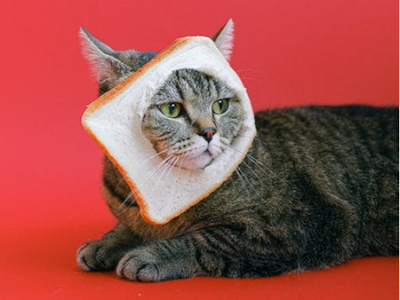
![Associated image for Best food for Ragdoll cats in the UK [Broken Down]](http://untamed.com/cdn/shop/articles/featured_best_food_for_ragdoll_cats_uk_400x300_crop_center.jpg?v=1646818249)
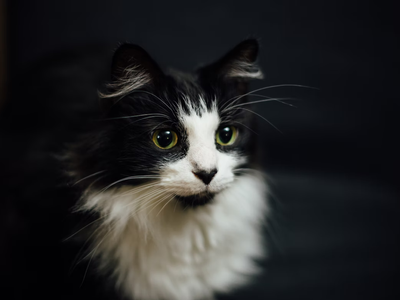
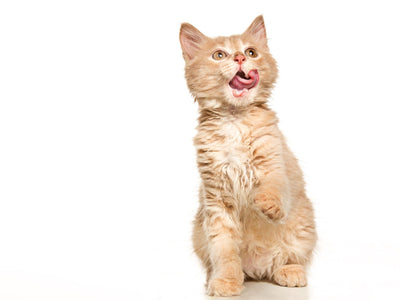
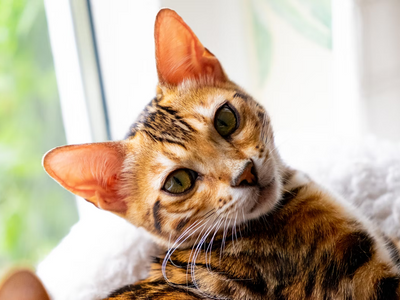
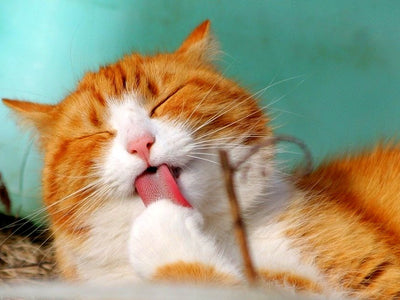
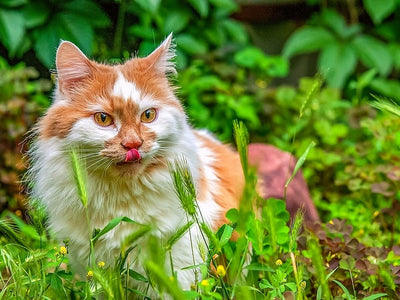
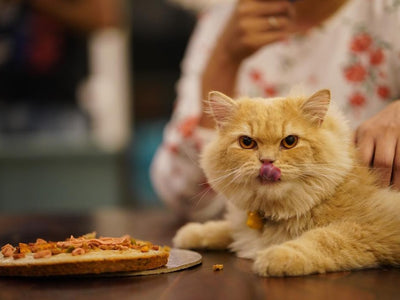
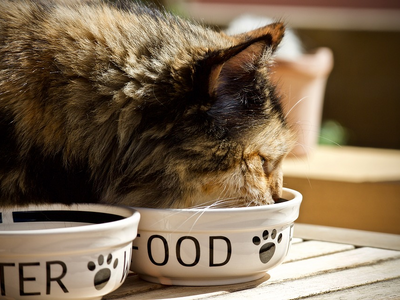
![Associated image for What human food can Sphynx cats eat? [Comprehensive list]](http://untamed.com/cdn/shop/articles/what_human_food_can_sphynx_cats_eat_Featured_400x300_crop_center.jpg?v=1648705074)
